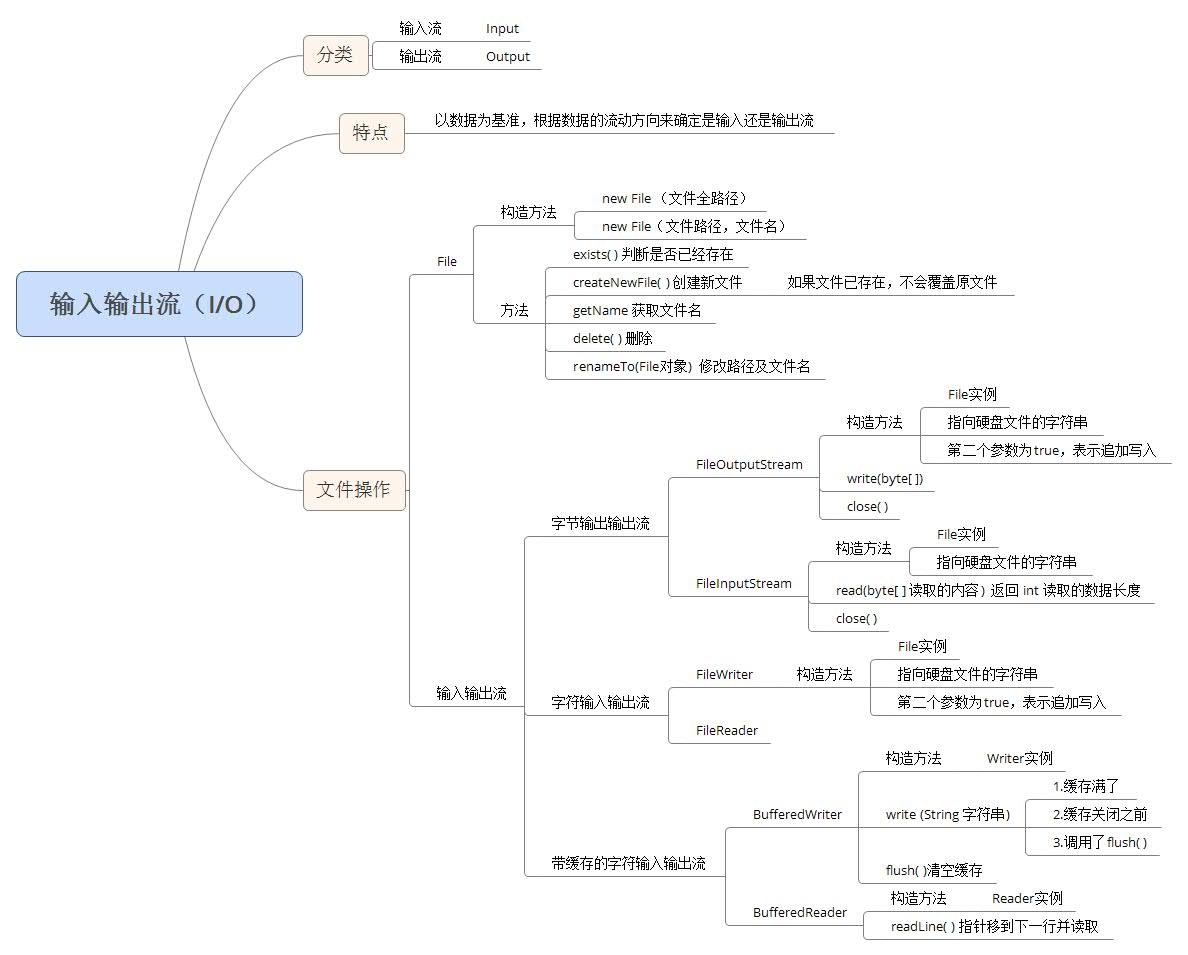1 package org.hanqi.ex; 2 3 import java.io.*; 4 5 public class TestFile2 { 6 7 public static void main(String[] args) { 8 9 try { 10 //覆盖写入 11 //true 追加写入 12 FileOutputStream fos = new FileOutputStream("d:\test.txt",true); 13 String str = " 心情不错"; 14 fos.write(str.getBytes()); 15 fos.close(); 16 17 FileInputStream fis = new FileInputStream("d:\test.txt"); 18 byte[] b = new byte[200]; 19 int i = fis.read(b); 20 String str1 = new String(b,0,i); 21 System.out.println("读取内容:"+str1); 22 fis.close(); 23 } catch (Exception e) { 24 // TODO 自动生成的 catch 块 25 e.printStackTrace(); 26 } 27 } 28 }
1 package org.hanqi.ex; 2 3 import java.io.*; 4 5 public class TestFile3 { 6 7 public static void main(String[] args) { 8 9 try { 10 //读取 11 FileReader fr = new FileReader("d:\test.txt"); 12 char[] c = new char[200]; 13 int i = fr.read(c); 14 String str = new String(c,0,i); 15 System.out.println("读取内容:"+str); 16 fr.close(); 17 18 //写入 19 FileWriter fw = new FileWriter("d:\test.txt", true); 20 fw.write(" 新追加的内容"); 21 fw.close(); 22 } catch (Exception e) { 23 // TODO 自动生成的 catch 块 24 e.printStackTrace(); 25 } 26 } 27 }
1 package org.hanqi.ex; 2 3 import java.io.*; 4 5 public class TestFile4 { 6 7 public static void main(String[] args) { 8 9 try { 10 File f = new File("d:\test.txt"); 11 //带缓存 12 //Writer接口的实现类 13 FileWriter fw = new FileWriter(f); 14 //缓存写入类,构造时需要传入Writer实例 15 BufferedWriter bw = new BufferedWriter(fw); 16 bw.write(" 这是清空前缓存方式写入的字符串"); 17 //自动管理缓存: 18 //自动写入:1.缓存满了 2.缓存关闭之前 19 bw.flush(); //主动清空缓存,写入数据 20 21 bw.write(" 这是清空后缓存方式写入的字符串"); 22 23 bw.close(); //注意关闭顺序 24 fw.close(); 25 System.out.println("写入完成"); 26 //缓存读 27 FileReader fr = new FileReader(f); 28 BufferedReader br = new BufferedReader(fr); 29 // //第一次读 30 // String str = br.readLine(); 31 // 32 // while(str!=null) 33 // { 34 // System.out.println(str); 35 // str = br.readLine(); 36 // } 37 while(true) 38 { 39 String str = br.readLine(); 40 if(str==null) 41 { 42 break; 43 } 44 System.out.println(str); 45 } 46 47 } catch (Exception e) { 48 // TODO 自动生成的 catch 块 49 e.printStackTrace(); 50 } 51 } 52 }
附相关思维导图:
